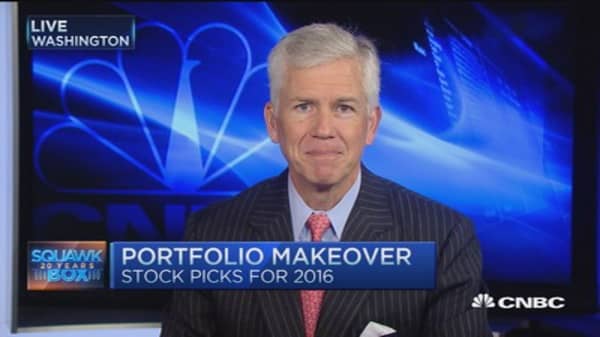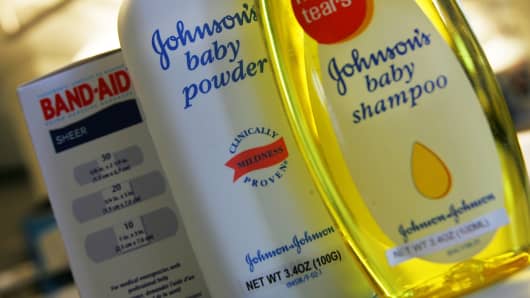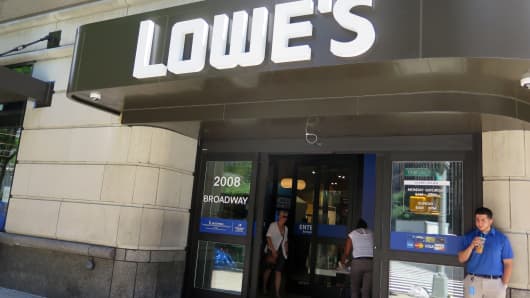Farr, Miller & Washington is a "buy-to-hold" investment manager, which means we make each investment with the intent to hold the position for a period of 3-5 years. Nevertheless, in each of the past ten Decembers I have selected and invested personally in ten of the stocks we follow with the intention of holding for just one year. These are companies that I find especially attractive in light of their valuations or their potential to benefit from economic developments. I hold an equal dollar amount in each of the positions for the following year, and then I reinvest in the new list.
The following is my Top 10 for 2016, listed in alphabetical order. Prices are as of Dec. 28 close. This year's Top 10 represent a nice combination of growth and defensiveness. Seven of the 10 S&P 500 industry sectors are represented, and their average long-term estimated growth rate (in earnings per share) is nearly double that of the overall market. Also on average, these companies are much larger than the average S&P 500 company while carrying an average dividend yield of about 2.2 percent.
Results have been good in some years and not as good in others. I will sell my 2015 names on Thursday, Dec. 31 and buy the following names that afternoon. These are not recommendations to buy or sell securities. There is risk of losing principal. Past performance is no indication of future results. If you are interested in any of these names, please call us or your financial advisor to discuss.












